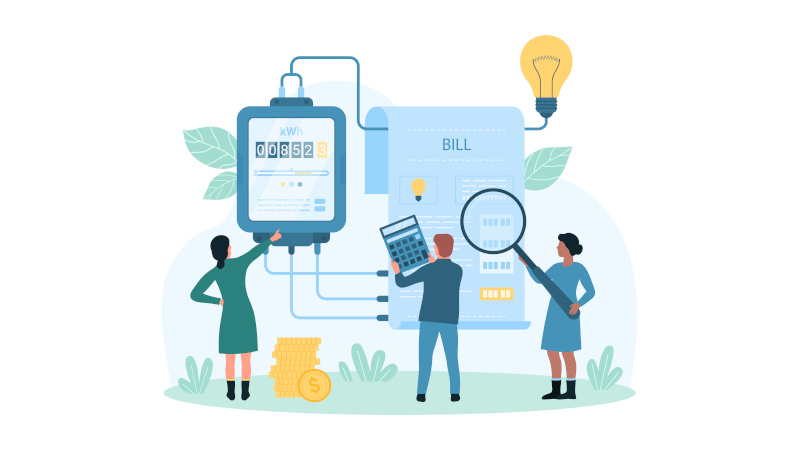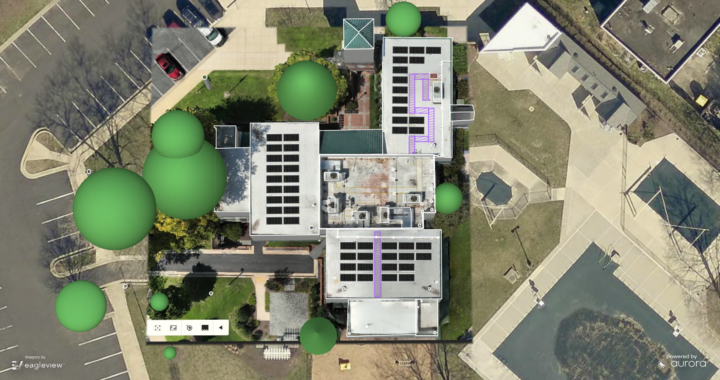Commercial and Industrial (C&I) clients often grapple with deciphering their electricity bills, which can be complex and confusing. In this article, we’ll break down the intricacies of C&I electricity billing, covering the key concepts like demand charges, rate schedules, and power factor. By understanding these components, clients can take steps to manage their energy costs more effectively and read their electric bills correctly.
How C&I Clients Are Billed for Electricity
Electricity bills for C&I clients are typically comprised of several components, each of which contributes to the overall cost. To read your electric bill correctly, it’s crucial to grasp the following concepts:
1. Demand Charges
Demand charges are a significant component of C&I electricity billing. Unlike residential bills that are often based primarily on energy consumption (measured in kilowatt-hours, kWh), C&I clients face a separate charge tied to their peak electricity usage.
What is Peak Demand? Peak demand refers to the maximum amount of electricity your business consumes in a given period, usually measured in 15-minute intervals. The utility provider records this peak demand over a billing cycle.
How Demand Charges Work: Demand charges are based on the highest peak demand during a billing cycle. A higher peak demand leads to higher demand charges. These charges are often stated in dollars per kilowatt (kW) or per kilovolt-ampere (kVA).
2. Rate Schedules
Rate schedules are the structures used to determine how much C&I clients pay for electricity. Utilities typically offer various rate schedules, and the choice of schedule can have a significant impact on costs.
Understanding Rate Codes: Rate schedules are often identified by codes (e.g., A-1, B-3, TOU-GS-2), which can be cryptic for clients. It’s essential to understand the terms and conditions of the rate schedule your business is on, as this dictates the calculation of demand charges and energy charges.
3. Energy Charges
Energy charges are based on the actual electricity consumed, measured in kWh. This is the more familiar aspect of C&I electricity billing and can vary based on the rate schedule.
Time-of-Use Rates: Some C&I clients are billed using time-of-use (TOU) rates, which means that energy costs fluctuate depending on the time of day. Off-peak hours are generally cheaper than peak hours.
4. Power Factor
Power factor is a measure of how effectively electrical power is being converted into useful work output. It’s a value between 0 and 1 and is crucial for C&I clients because a low power factor can result in penalties and higher costs.
Improving Power Factor: C&I clients can take measures to improve their power factor, such as installing power factor correction equipment. This reduces the apparent power drawn from the grid, potentially lowering demand charges.
How to Read Your Electric Bill Correctly
Now that you have a grasp of these key concepts, here’s how you can read your electric bill accurately:
Identify Demand Charges: Look for the demand charge section on your bill. It should specify the billing period, your peak demand, and the associated cost.
Understand Rate Schedule: Determine which rate schedule your business is on. This will dictate how demand and energy charges are calculated.
Monitor Power Factor: If power factor is listed on your bill, be aware of it. A lower power factor can result in higher charges, so it’s worth exploring ways to improve it.
Energy Consumption: Review your total energy consumption, often measured in kWh. Pay attention to any variations in rates based on time of use.
Additional Charges: Be vigilant for any other charges or fees listed on your bill, such as delivery charges, taxes, or surcharges.
Managing Your Energy Costs
Understanding how C&I clients are billed for electricity empowers businesses to make informed decisions and take steps to manage costs effectively. Reducing peak demand, selecting an appropriate rate schedule, and improving power factor are strategic ways to control expenses. Collaborating with energy experts or consultants can also provide invaluable insights into optimizing your electricity consumption and saving on utility bills. By mastering these concepts, C&I clients can navigate the complexities of their electricity bills and take control of their energy costs.









